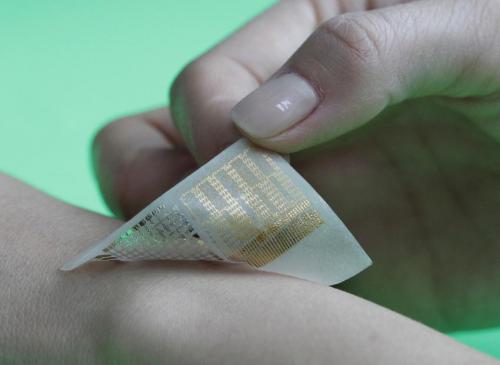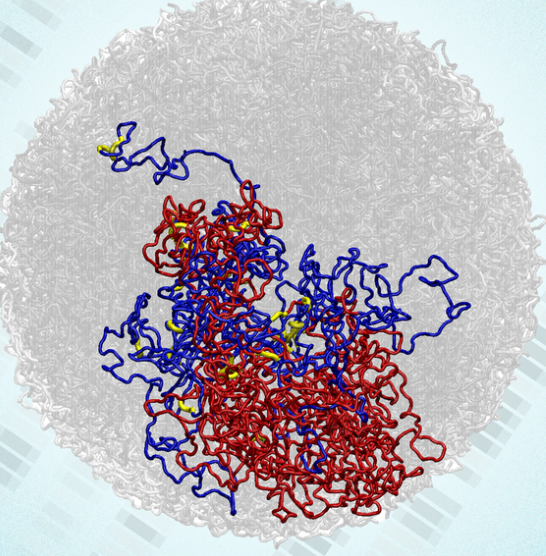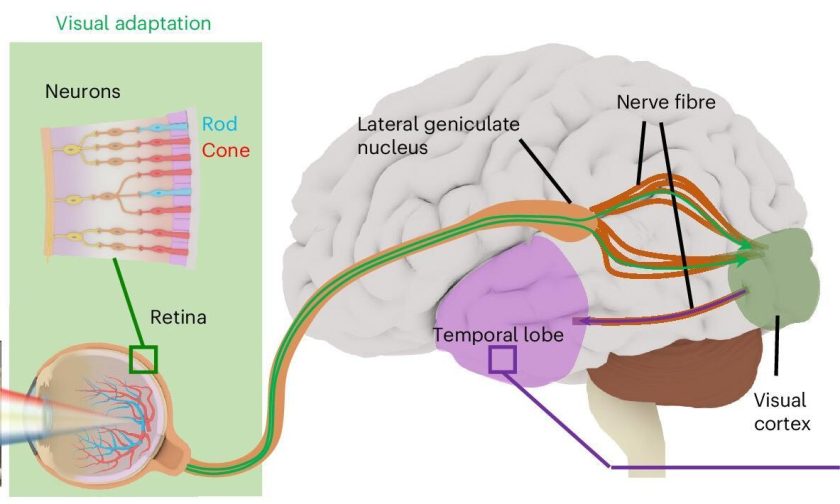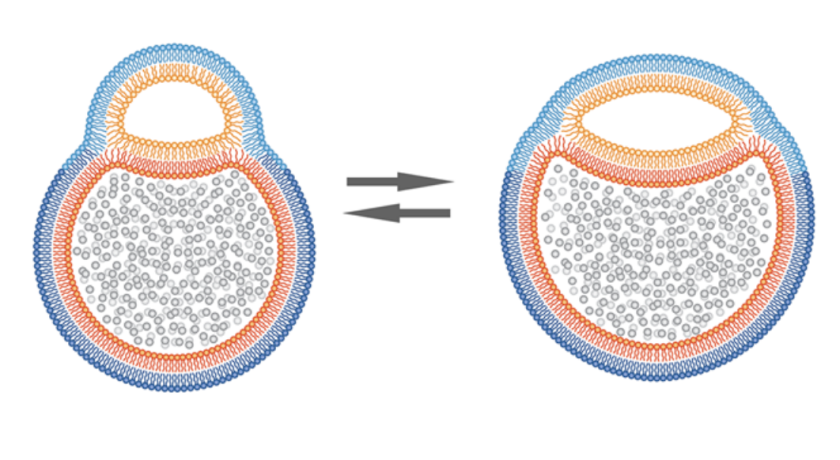A team of medical engineers from South Korean have developed a plaster which, when applied to the patient’s skin similar to regular band aids, discharge medicine below the skin. But unlike the normal band aid used for minor cuts and bruises, the plaster engages more complex and advanced technology, which enables it to monitor the activities of the muscle and accordingly discharges the required quantity of medicine and even decide when it is needed to stop.
The team says that the technology will be helpful in keeping a track for movement disorders including Parkinson’s disorder and epilepsy. The quivering movements that occur during the movement disorder aren’t regular. The plaster can sense the motion when a patient begins to quiver and accordingly discharges the desired amount of the drug it contains. To monitor the movement, video recorders and other wearable monitoring equipment which were heavy, inflexible and were uncomfortable were used.
The plaster though still a prototype has been developed using advanced nanotechnology, which included tiny building blocks such as atoms and molecules. These building blocks are tiny and therefore eliminates the problem of heaviness and inflexibility with existing medical devices that were used to keep track of patient.
Medical engineers have always wanted to build a device which was small enough to be worn, without getting noticed along with capable of gathering and storing vital medical data and as per the data, administer medicine to the patients.
However, this was a distant dream because, the electronics were hard and brittle, required substantial storage capacity and high power to function. Moreover the traditional technology lacked the process by which the drug can be administered passing through the skin and thus was not suitable for an on-board device.
The Korean team found an answer to overcome all the existing shortcoming using nanomaterials. The device so created, using the nanomaterials is lightweight, flexible and stretchable. It looks like an adhesive plaster, approximately 0.04 inches (one millimeter) in thickness and will deliver the drug continuously and in controlled amounts.
The prototype of the device consists of layers made up of ultrathin nanomembranes and nanoparticles. The motion sensors of the device was created using silicon nanomembranes, non-volatile memory using gold nanoparticles and silica nanoparticles filled with medicine in a thermal actuator.
The device attached to the patient’s skin, evaluate and records muscle movements, says the team. After analyzing the recorded data, the nanoparticles discharges the drugs after being stimulated, by an internal heater as thin as a wafer. To avoid burns while administering the drug, skin temperature is monitored by sensor made of silicon nanomembranes.
As per the author associated with the research, the device is far better than the traditional wearable devices and has a promising future in improving the method of data procurement and overall efficiency of medical procedure. Going forward, they also plan to attach wireless parts to the existing prototype, thus making it mobile and which can be easily accessed by the doctors remotely.
Such devices will be helpful for people who forget to take medicine on time. And will eliminate any drug overdose or drug addiction and the side effects associated with the same. But we need to wait for next 5 years before the device can be fully developed, tested and available in the market for the patients.
Source: TheVerge




